Vulkem® 350/351 is a high-performance, polyurethane-based waterproofing system designed for pedestrian decks and traffic areas. It offers UV stability, low VOCs, and durability, making it ideal for outdoor applications.
1.1 Overview of Vulkem 350/351
Vulkem® 350/351 is a polyurethane-based waterproofing system designed for pedestrian decks and traffic areas. It combines a tough-curing liquid polyurethane that forms a durable rubber membrane, offering UV stability and low VOCs. Ideal for outdoor applications, it ensures long-lasting protection against moisture and wear. Proper surface preparation and environmental conditions are critical for optimal performance and longevity of the system.
1.2 Importance of Proper Application
Proper application of Vulkem® 350/351 is critical to ensure a durable, watertight seal. Incorrect techniques or environmental conditions can lead to peeling, cracking, or reduced adhesion. Following manufacturer guidelines ensures optimal performance, preventing costly repairs and extending the system’s lifespan. Proper application also guarantees safety and longevity, especially in high-traffic areas exposed to harsh weather conditions. A well-trained applicator is essential for achieving desired results.
Surface Preparation for Vulkem 350/351
Surface preparation is crucial for Vulkem® 350/351 application. It involves cleaning, priming, and ensuring surfaces are dry and free of contaminants to ensure proper adhesion and durability.
2.1 Cleaning and Priming
Proper cleaning and priming are essential for Vulkem® 350/351 application. Surfaces must be free of dirt, oils, and old coatings. Use a wire brush or grinder to clean thoroughly. Apply a Tremco-approved primer following manufacturer instructions for coverage and dry time. Ensure surfaces are dry and contamination-free before proceeding. This step ensures optimal adhesion and durability of the waterproofing system.
2.2 Ensuring Dry and Contamination-Free Surfaces
Ensure surfaces are completely dry and free of contamination before applying Vulkem® 350/351. Inspect for moisture, oil, or grease, and clean thoroughly with a wire brush or grinder. Use a moisture meter or water drop test to verify dryness. Contaminants can compromise adhesion, so ensure all surfaces are spotless and dry for optimal results. This step is critical for long-term durability and performance.
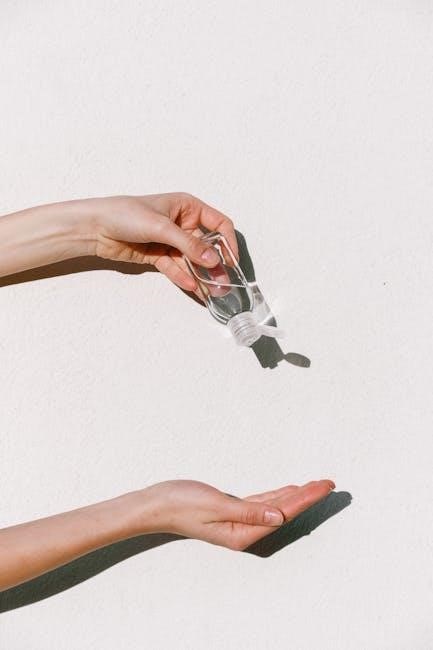
Application Process
The Vulkem® 350/351 system involves applying a base coat and top coat with rollers or sprayers. Ensure proper surface preparation and follow manufacturer instructions for optimal results.
3.1 Materials and Tools Required
The application of Vulkem® 350/351 requires specific materials, including the base coat (Vulkem 350) and top coat (Vulkem 351), along with compatible primers. Essential tools include rollers, sprayers, and brushes for even application. Ensure the use of safety gear like gloves and goggles. Proper ventilation equipment is also necessary. Additionally, surface preparation tools such as wire brushes or brooms and cleaning solvents are required for optimal adhesion.
3.2 Step-by-Step Application Instructions
Begin by priming the surface according to the manufacturer’s instructions. Apply Vulkem® 350 base coat using a roller or sprayer, ensuring even coverage. Allow the base coat to dry completely before applying Vulkem® 351 top coat. Use a roller or brush for the top coat, maintaining the recommended thickness. Ensure the surface is dry and free of contaminants during application. Follow all safety precautions and manufacturer guidelines for optimal results.
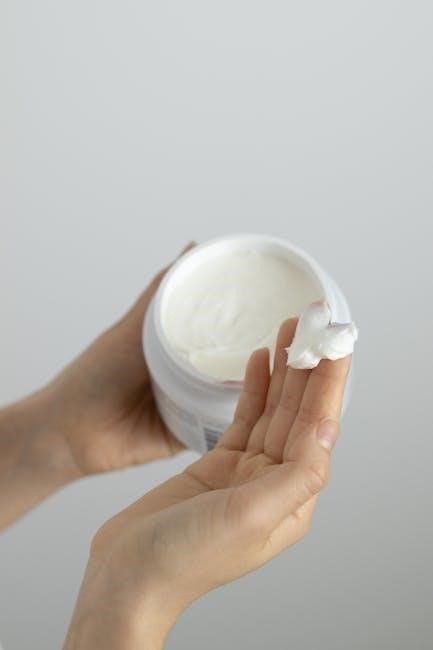
Vulkem 350/351 Components
Vulkem® 350/351 consists of two components: Vulkem 350, a polyurethane base coat, and Vulkem 351, a UV-stable top coat. Together, they form a durable waterproofing system.
4.1 Understanding Vulkem 350
Vulkem 350 is a tough-curing liquid polyurethane base coat designed for waterproofing applications. It forms a rubber-like membrane, providing excellent durability and adhesion to various surfaces. Suitable for pedestrian traffic, Vulkem 350 is often used in conjunction with Vulkem 351 as part of a complete waterproofing system, ensuring long-lasting protection against moisture and environmental factors.
4.2 Understanding Vulkem 351
Vulkem 351 is a UV-stable, low-VOC, single-component polyurethane top coat. It is designed to provide a protective barrier and enhance durability in waterproofing systems. Used with Vulkem 350, it ensures a seamless and long-lasting seal, ideal for pedestrian decks and high-traffic areas. Its compatibility with various surfaces and resistance to environmental factors make it a reliable choice for outdoor applications.

Curing and Drying
Vulkem® 350/351 cures to form a durable, rubber-like membrane. Environmental factors like temperature and humidity can affect curing time. Follow instructions for optimal drying and performance.
5.1 Recommended Curing Time
Vulkem® 350/351 typically cures within 24-48 hours, depending on environmental conditions. Optimal curing occurs at temperatures between 50°F and 90°F (10°C to 32°C) with low humidity. Ensure surfaces remain uncontaminated during this period for proper adhesion and membrane formation. Follow manufacturer guidelines to avoid premature exposure to water or foot traffic, ensuring the system achieves full durability and performance.
5.2 Environmental Factors Affecting Curing
Temperature, humidity, and ventilation significantly impact Vulkem® 350/351 curing. Higher temperatures accelerate curing, while lower temperatures slow it down. High humidity can delay cure time and hinder membrane formation. Ensure good airflow to avoid moisture trapping. Avoid application in extreme weather conditions, such as heavy rain or direct sunlight, to achieve optimal results and ensure proper membrane development.

Inspection and Quality Control
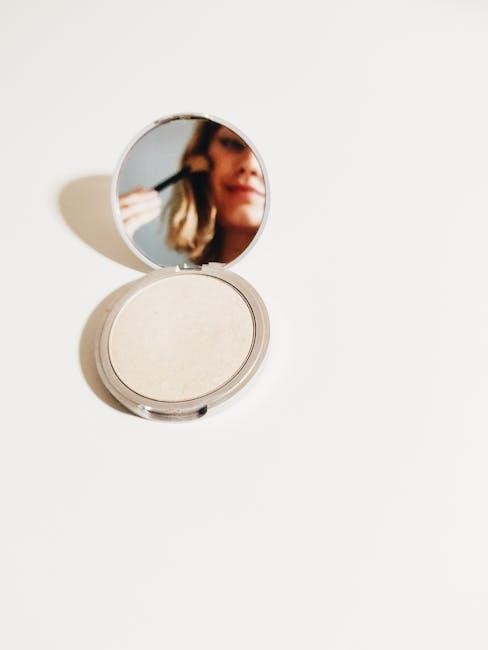
Regularly inspect the applied Vulkem® 350/351 system for uniformity, thickness, and adhesion. Ensure all surfaces meet specifications and test for proper curing before final approval.
6.1 Checking for Defects
Inspect the Vulkem® 350/351 system for defects like blisters, pinholes, or uneven coverage. Check edges and seams for proper sealing. Test adhesion by gently pulling at the surface. Address any issues promptly by patching or recoating as needed. Ensure all repairs are fully cured before allowing foot traffic. Document findings for quality control records. Defects must be resolved to maintain warranty and performance standards.
6.2 Ensuring Adhesion and Coverage
Verify proper adhesion by ensuring the surface is clean, dry, and free of contaminants. Apply primer as recommended to enhance bonding. Check coverage by inspecting thickness and uniformity. Use appropriate tools to spread the material evenly. Monitor environmental conditions to avoid adhesion issues. Conduct pull tests if necessary. Proper adhesion and coverage are critical for long-term durability and performance of the Vulkem® system.
Maintenance and Repair
Regular inspections and cleaning ensure longevity. Repair cracks or damaged areas promptly using compatible materials to maintain waterproofing integrity and prevent further deterioration of the Vulkem® system.
7.1 Regular Maintenance Tips
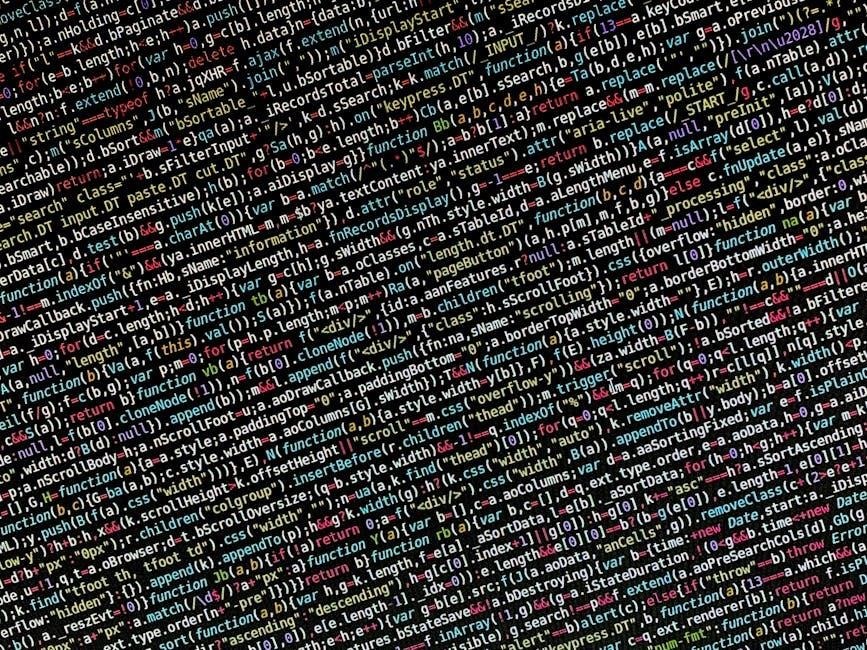
Regular maintenance is essential to extend the lifespan of the Vulkem® 350/351 system. Schedule periodic inspections to identify wear and tear. Clean the surface to prevent dirt buildup, which can compromise waterproofing. Touch up damaged areas promptly using compatible materials. Apply protective coatings as needed, especially in high-traffic zones. Ensure all repairs are done promptly to avoid further damage and maintain system integrity.
7.2 Repairing Damaged Areas
To repair damaged areas, clean the surface thoroughly using a wire brush and solvent. Apply a compatible primer to ensure proper adhesion. Use a polyurethane-based repair compound, spreading evenly with a trowel or brush. Allow the material to cure fully before exposing it to traffic. For larger cracks or wear, apply multiple thin layers, ensuring each layer is dry before recoating. Finish with a topcoat for protection.
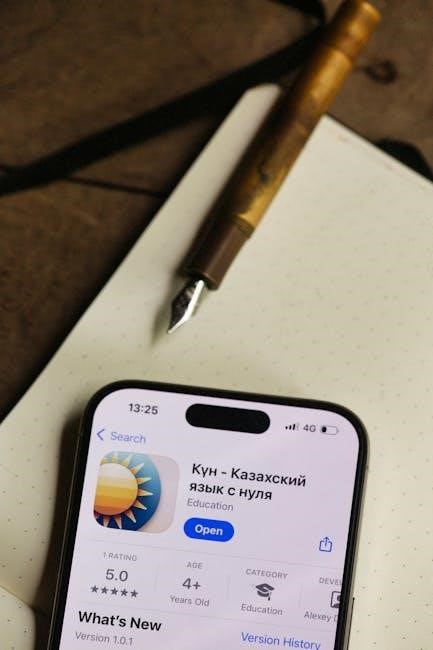
Safety Precautions
Wear protective gloves, goggles, and a mask when applying Vulkem 350/351. Ensure good ventilation to avoid inhaling fumes. Keep away from open flames or sparks. Avoid skin contact and wash thoroughly after handling. Properly dispose of leftover materials and clean tools with solvent.
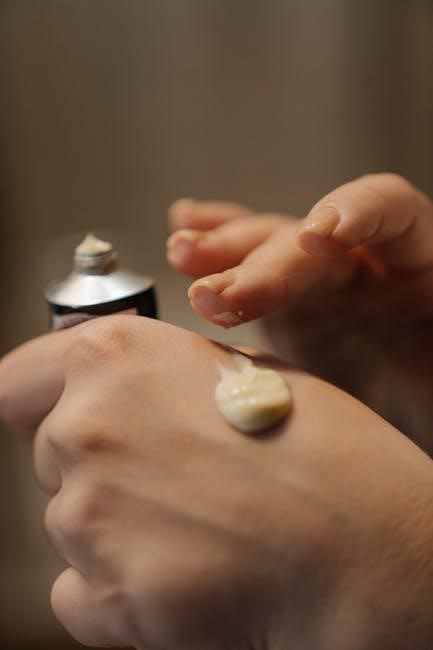
8.1 Handling Chemicals Safely
Wear protective gloves, goggles, and a mask when handling Vulkem 350/351. Ensure proper ventilation to prevent inhaling fumes. Avoid skin contact and wash hands thoroughly after use. Store chemicals in a cool, dry place away from open flames or sparks. Dispose of leftover materials and clean tools with solvent, following local regulations. Keep emergency contact information nearby in case of accidents.
8.2 Protective Equipment Recommendations
Always wear chemical-resistant gloves, safety goggles, and a mask when applying Vulkem 350/351. Use a respirator in poorly ventilated areas to avoid inhaling fumes. Protective clothing, such as long sleeves and coveralls, is recommended to prevent skin exposure. Ensure all equipment fits properly and is in good condition. Refer to the Safety Data Sheet (SDS) for specific PPE recommendations.

Troubleshooting Common Issues
Common issues during Vulkem 350/351 application include improper surface preparation, primer incompatibility, and uneven curing. Environmental factors like humidity or temperature fluctuations can also affect results. Always consult the product manual for specific solutions and ensure proper application techniques are followed to avoid defects and ensure long-lasting performance.
9.1 Addressing Application Errors
Common application errors include improper mixing ratios, insufficient surface preparation, and incorrect ambient conditions. To address these, ensure strict adherence to the manufacturer’s instructions. Reapply damaged areas and remove any defective coatings. Conduct regular inspections and test applications to identify and correct issues promptly, ensuring optimal results and longevity of the waterproofing system.
9.2 Solving Post-Application Problems
Post-application issues such as peeling, discoloration, or blistering can arise due to environmental factors or improper curing. Inspect the surface and address peeling by reapplying the system where necessary. Discoloration may require cleaning or touch-up coats. Blisters can indicate trapped moisture, so ensure proper ventilation and allow the system to cure fully before exposure to foot traffic or weather conditions.
Vulkem® 350/351 is a durable, UV-stable system ideal for pedestrian decks. Proper application and maintenance ensure long-lasting performance, making it a reliable choice for waterproofing needs.
10.1 Summary of Key Application Steps
Ensure surfaces are clean, dry, and primed before applying Vulkem® 350/351. Follow manufacturer instructions for mixing and application. Apply thin, even coats, allowing proper curing time between layers. Maintain recommended environmental conditions for optimal results. Use protective gear and ensure ventilation. Properly inspect and address any defects post-application. Adhere to safety guidelines for handling chemicals and tools. Regular maintenance ensures longevity and performance of the waterproofing system, providing a durable, UV-resistant membrane for pedestrian traffic areas.
10.2 Final Tips for Successful Application
Always follow manufacturer instructions precisely for optimal results. Ensure thorough surface preparation, including cleaning and priming, to maximize adhesion. Apply thin, even coats, allowing proper curing time between layers. Maintain recommended environmental conditions during and after application. Use protective equipment and ensure good ventilation. Regularly inspect the membrane and address any defects promptly. Proper maintenance will extend the lifespan of the Vulkem® 350/351 system, ensuring long-term durability and performance.
